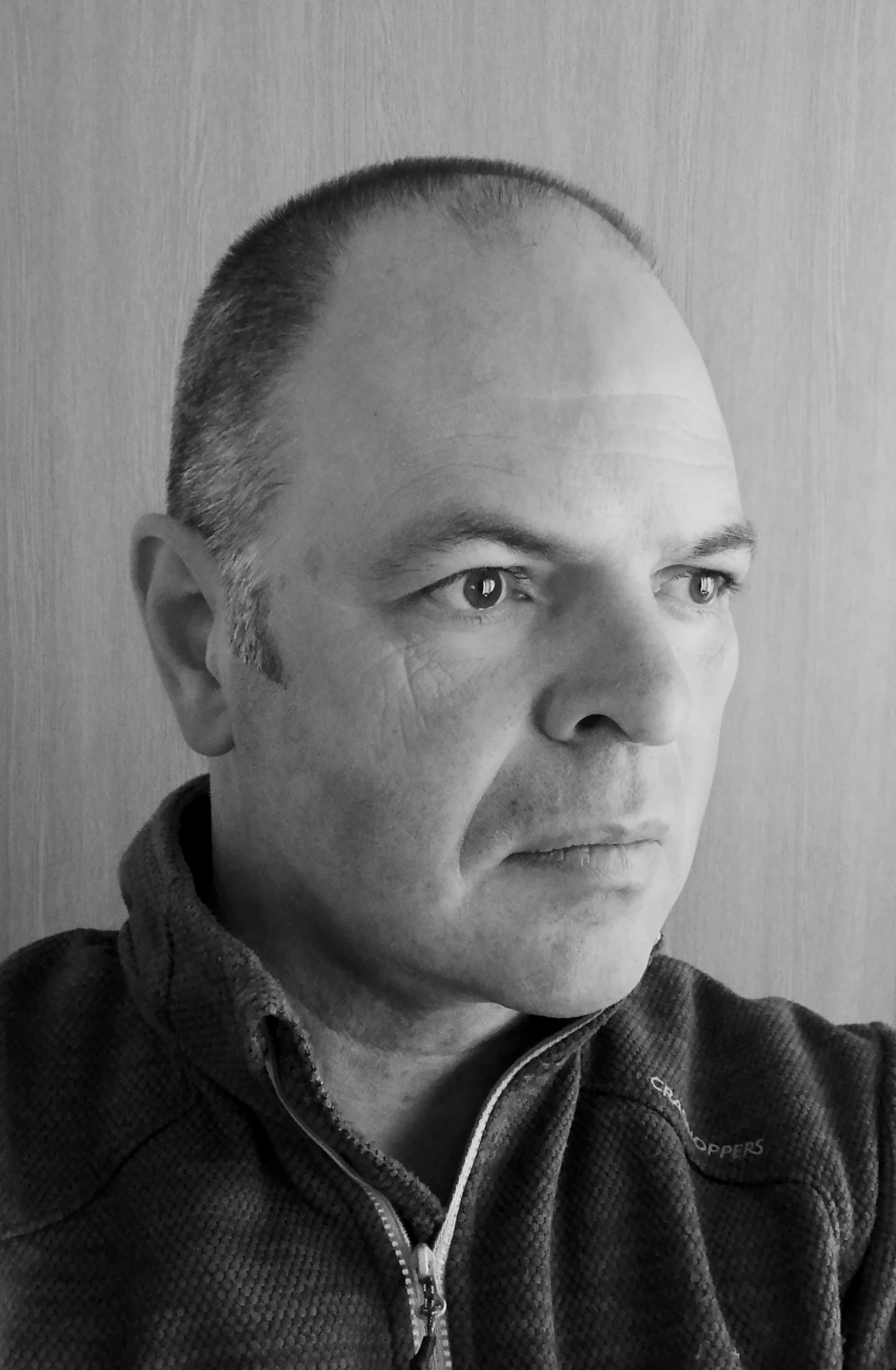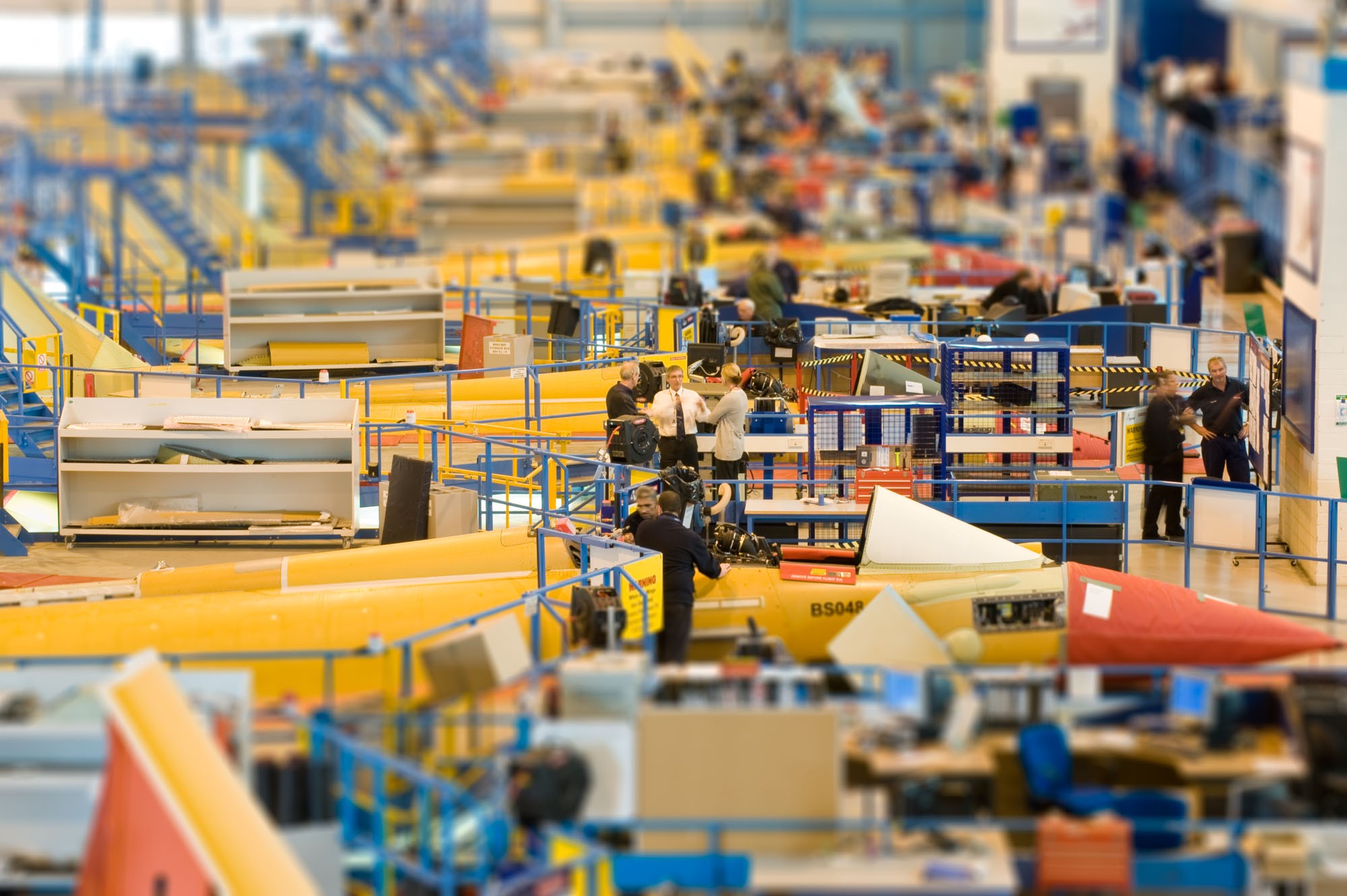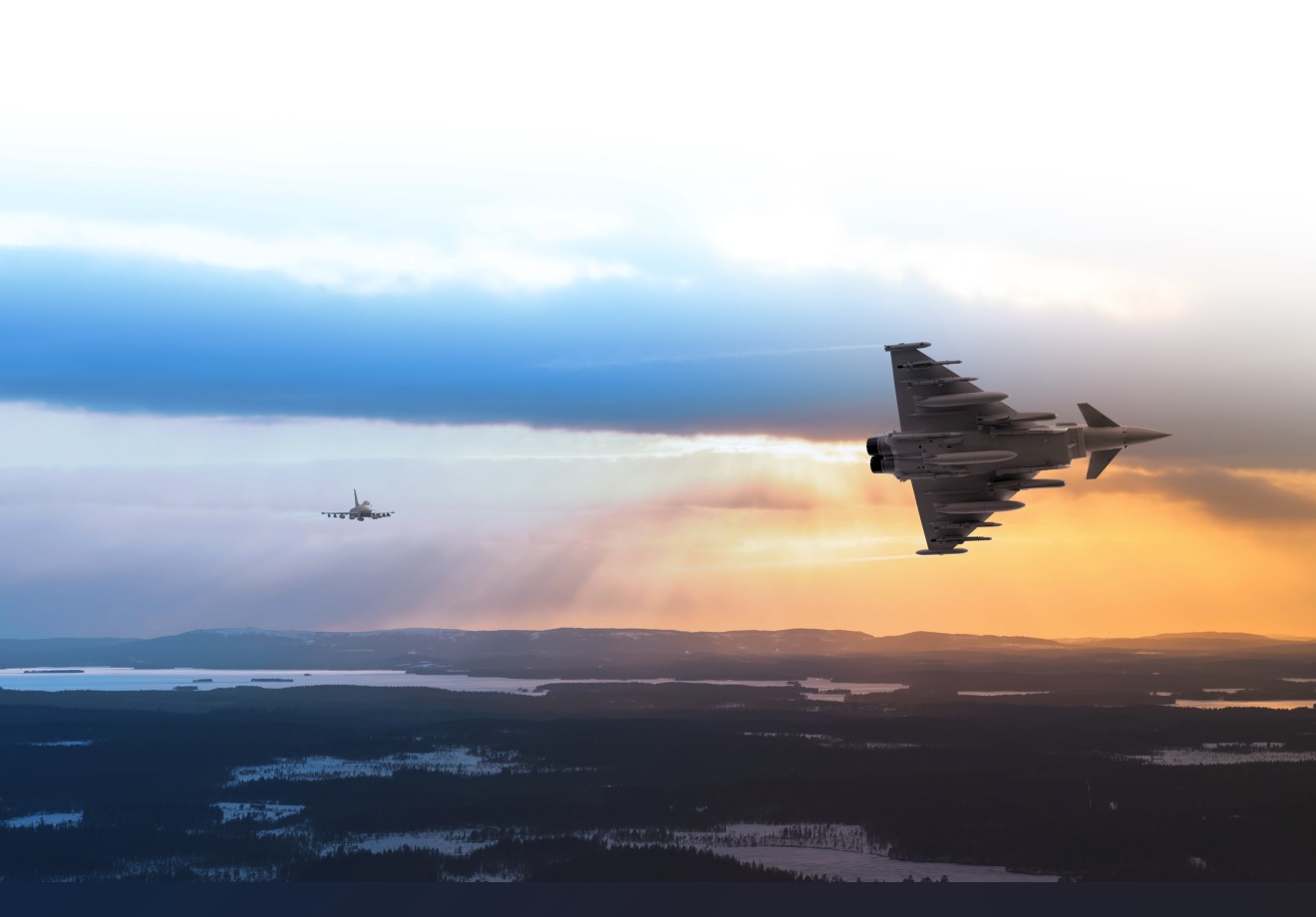
When nations are in the market for new fighter jets there’s more to the campaigns than simply reviewing the relative strengths of the competitor aircraft. It’s important that the offer is up to the job but it’s not simply a case of combat aircraft Top Trumps.
Any purchase decision represents a large-scale national investment and consequently governments expect an element of inward investment to support their indigenous industry. Collectively, this part of the proposal is known as industrialisation.
In this case, Eurofighter has developed its offer to Finland based on the methodology set out by the customer, who alongside the strengthening their military capability, want to see an economic benefit in terms of inward investment, job creation and sustainment.
The budget set aside by the Finnish Defence Forces for the contract is €10 billion. A target for the industrialisation programme was set at approximately 30 percent of the acquisition value. In other words, Finland wants the acquisition to create billions of euros of benefits for Finnish industry.
“The Eurofighter partners have crafted an offer package that actually exceeds this target by a considerable margin,” says Ross.
“The package is made up of 63 different distinct work projects and each of these have been developed following talks with Finland’s business community. We had ideas about the sort of capabilities that we might offer but the high proficiency of Finnish industry meant it was sensible to craft and tailor the packages in conjunction with them to fill the needs they had.”
And, to make an even more compelling case, the Eurofighter campaign, which is led by BAE Systems and supported by Airbus, Leonardo, MBDA, Rolls-Royce and EuroJet, decided only to include projects that were assured pieces of work.
“Some rivals may offer opportunities to bid for work rather than guaranteeing work, whereas every single one of our 63 projects represents real assured work. We are saying to Finnish industry you will actually build 70 aircraft engines; you will support the aircraft, and you will get involved in planning. We are committing to them saying Finland will be involved in all stages from the design, development, planning, operationand support, right through to the future development of the aircraft.
“A good example of this is with the ECRS Mk2 radar programme — the most advanced radar programme in Europe. We're offering Finnish industry the opportunity to be involved in the development of radar.”
The projects were developed over the past three years and involved a team of around 20 subject- matter experts, who covered a wide range of fields including engineering, cyber and mission systems. This core team was supplemented by other experts.
Some of the projects were driven by the needs of the Finnish Defence Force and some following consultation with industry.
“We had a deeper involvement with industry and the Finnish Defence Force than in previous campaigns. The fact that we're providing the opportunity for 70 engines to be produced in Finland, by Finnish industry is big. It's the first time this capability has ever been transferred by EuroJet. We're also giving very deep access to the systems on the aircraft and the ability to have sovereign control over the mission data and general data of the overall system.”
Ross adds that the 63 projects were selected with the long term in mind. “We very deliberately excluded short-term projects that may have had a three- or four-year lifespan. Instead, we have developed projects that have capabilities beyond 20 years.
“The industrial partners will have the confidence of knowing they'll be supporting the aircraft for the full lifecycle of the aircraft. In fact, some of the projects are going to involve the future development of Eurofighter, which in turn means opportunities to be involved in the development of future products could open up.”
Another feature of the proposal is the invitation to join the wider Eurofighter family.
“We are saying if you choose Eurofighter, you're forging stronger ties with four nations and six major European companies whose combined purchasing spend is in the region of €40 billion every year.”

How big a factor is industrialisation in the final decision? Says Ross: “Of course, the aircraft for many of the stakeholders in Finland is hugely important. But for me, the industrial programme is very important for the Finnish economy and the Finnish people.
When you speak to politicians, or an industry association, they are very interested in the jobs, the capabilities and what we can offer Finland.
“And that’s an important message from the Eurofighter team to Finland — you are going to be looking after this aircraft, you are going to be operating the aircraft and you are going to be planning for this aircraft’s future. You are going to have full sovereign control of this asset.”
Some rivals may offer opportunities to bid for work rather than guaranteeing work, whereas every single one of our 63 projects represents real assured work.
